- Dish category
- Dishes with ...
-
National cuisine
- Ukrainian cuisine
- Italian cuisine
- Spanish cuisine
- French cuisine
- Greek cuisine
- German cuisine
- Japanese cuisine
- Indian cuisine
- Polish cuisine
- English cuisine
- Russian cuisine
- American cuisine
- Mexican cuisine
- Turkish cuisine
- Israeli cuisine
- Bulgarian cuisine
- Georgian cuisine
- Czech cuisine
- Uzbek cuisine
- Chinese cuisine
- Hungarian cuisine
- Thai cuisine
- Tatar cuisine
- Norwegian cuisine
- Austrian cuisine
- Scottish cuisine
- Dutch cuisine
- Iran cuisine
- Belgian cuisine
- Azerbaijan cuisine
- Iraq cuisine
- Armenian cuisine
- Belorussian cuisine
- Tajik cuisine
- Portuguese cuisine
- Lithuanian cuisine
- show more hide
- Type of cuisine
- Holiday table
- Interesting to know!
- Cooking TV-Show
- Project news
- Contests
- Flashmobs

- Dish category
- Dishes with ...
-
National cuisine
- Ukrainian cuisine
- Italian cuisine
- Spanish cuisine
- French cuisine
- Greek cuisine
- German cuisine
- Japanese cuisine
- Indian cuisine
- Polish cuisine
- English cuisine
- Russian cuisine
- American cuisine
- Mexican cuisine
- Turkish cuisine
- Israeli cuisine
- Bulgarian cuisine
- Georgian cuisine
- Czech cuisine
- Uzbek cuisine
- Chinese cuisine
- Hungarian cuisine
- Thai cuisine
- Tatar cuisine
- Norwegian cuisine
- Austrian cuisine
- Scottish cuisine
- Dutch cuisine
- Iran cuisine
- Belgian cuisine
- Azerbaijan cuisine
- Iraq cuisine
- Armenian cuisine
- Belorussian cuisine
- Tajik cuisine
- Portuguese cuisine
- Lithuanian cuisine
- show more hide
- Type of cuisine
- Holiday table
- Interesting to know!
- Cooking TV-Show
- Project news
- Contests
- Flashmobs

- appetizer
- apple cake
- apple pie
- bagels
- baked potatoes
- baskets
- biscuit
- borsch
- bread
- buns
- cabbage rolls
- cake
- cakes
- casserole
- charlotte
- cheesecake
- chicken
- chocolate cake
- cocktail
- coffee
- cookies
- cream soup
- curd cake
- cutlets
- dessert
- dumplings
- easter cake
- eggplants
- eggs
- fish
- fritters
- honey cake
- jam
- lasagna
- meat
- meatballs
- mousse
- muffins
- oatmeal cookies
- pancakes
- pasta
- pate
- patties
- pelmeni
- pie
- pizza
- plyatsok
- poppy cake
- pork
- porridge
- potatoes
- pudding
- puffs
- pumpkin
- puree soup
- ragout
- roll
- rolls
- salad
- salad with chicken
- salmon
- sauce
- sausage
- snack
- soup
- sushi
- terrine
- tiramisu
- tomatoes
- warm salad
Mochi with chocolate
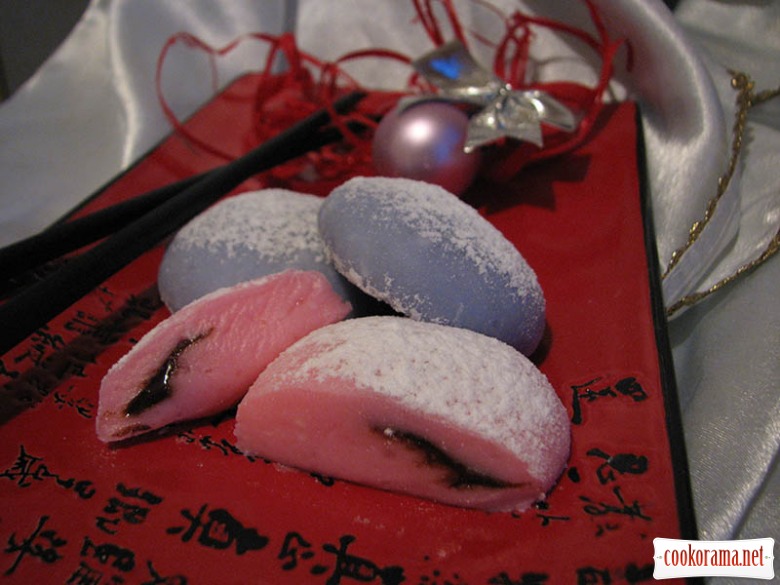
|
rice (round)
|
200 g. |
| 60 g. | |
| 100 g. | |
| 50 g. | |
|
sakura petals jam (rose)
|
|
| For 20 porions | |
rice (round) |
200 g. |
powdered sugar |
60 g. |
water |
100 g. |
chocolate |
50 g. |
sakura petals jam (rose) |
|
Mochi — this is a traditional New Year's rice cakesa. They can be of different shapes and sizes, they are prepared from boiled rice of sticky varieties. Mochi should be eaten with caution, as the stickiness of these dainties sometimes causes death due to suffocation.
Traditional cooking mochi — a real ritual, which requires not only time, but also forces. In modern Japan, in fact few people manually preparing mochi, this process is quite time consuming and easier to buy a finished product in stores or make with the help of special appliances.
So, traditionally, in the evening on December 29 rice soaked in water and standing overnight. In the morning it boiled hot and put in a special wooden bowls reminiscent of a deck with a large round hole at the top.
After that, the head of the family and his sons took turns beating Rice with special wooden mallet by name Quinet, so that the process resembles kneading dough, but with much greater energy consumption. After each stroke, it is necessary to turn and stir the rice mass with hands soaked in cold water. With rice usually works the whole family. As a result, we obtain a compressed tacky mass similar to dough.
The resulting mass is divided into two parts: one — to decorate the house, the other — for cakes that can be eaten with salt or sesame jam from soybeans; or cut into pieces and put into soups, fried with oil a little etc. In general, the use of mochi in cooking limited by only a flight of fancy.
Preparation:
Since the desired rice we do not find, choose rice Mistral «Japonica» ( on the pack is written for desserts). Wash rice, leave for a night, wash, wrap in natural cloth and cook on steam for 40 min. So, as you probably have not burly men with a stupa and hammers, shift rice in a bowl, add half a glass of water and chop with blender. And then mix long, till you get strong mass. The next process is similar to creating a mastic of marshmallow. Add the powdered sugar until the paste no longer stick to hands. In original recipe sweet rice flour is added. Originally mochi was just a piece of dough, then began to do the filling of sweet red or white beans. Now it is very popular fillings from yoghurt agar, chocolate or strawberry. We make chocolate. Melt the chocolate in a water bath, remove from the heat and when it will cool put on the cake. Pinch the edges, almost like manti, roll balls. If dough is sticky, use rice flour. Festive mochi can be wrapped in sweet cherry leaf or decorated with cherry blossoms out of a jam. You can replace it with rose petal jam.It remains only serve the table and enjoy this unusual gimmick!
Secret:
If you make mochi more crumbly, releasing a little steam during cooking and at the end, after «beating» mochi turn out harder. If you turn the mochi abundantly moisten your hands with water, it will turn out softer mochi. You can put mochi for a while in the fridge, beforehand underneath them put a plastic bag: so they become more «appeasable»


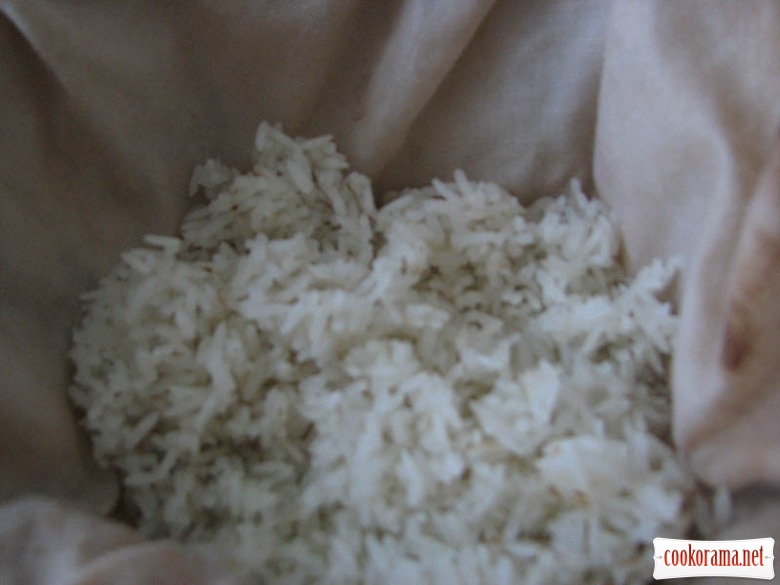
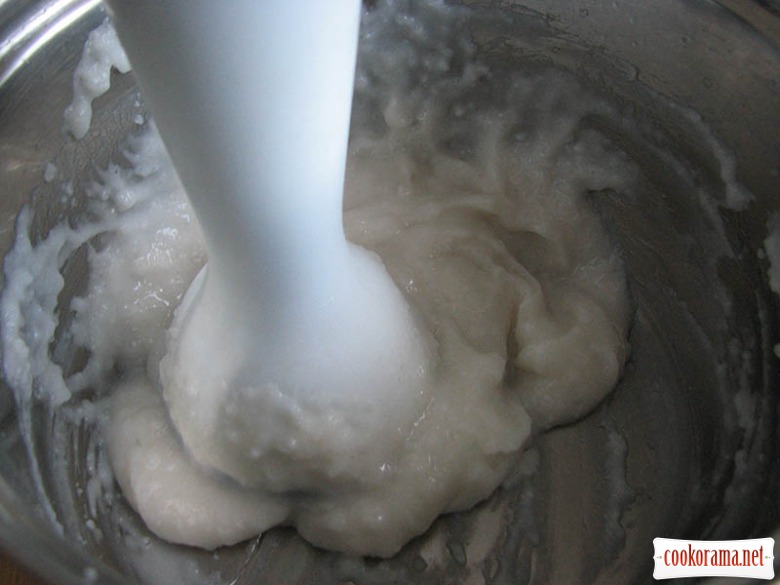
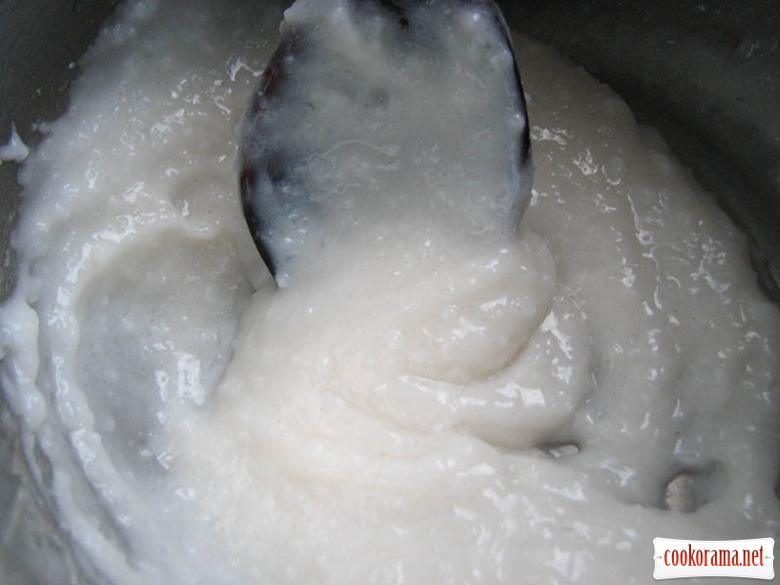



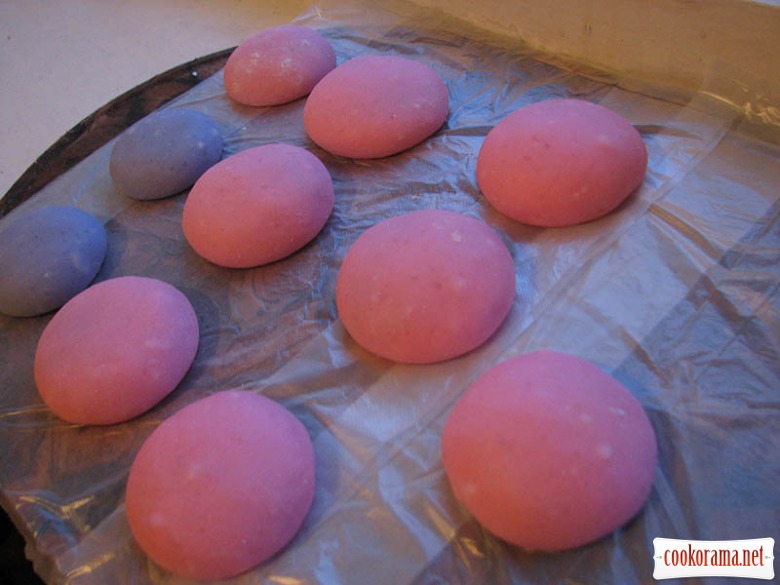

- Sections
- Recipes
- Information
- Services






Sellin
kvitochka07
Dzyga
kvitochka07
deJulie
Babusja
supermarynka